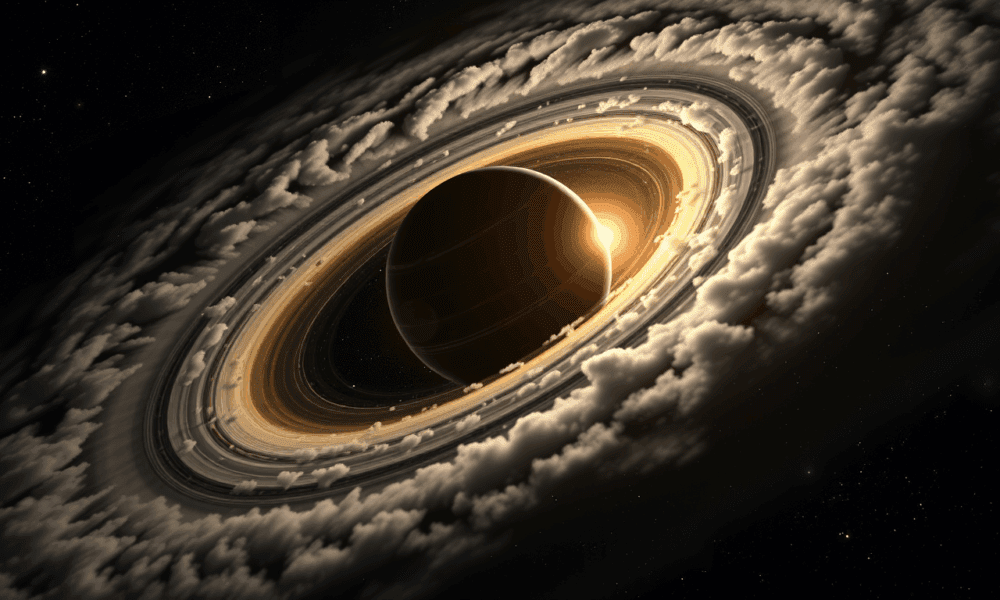
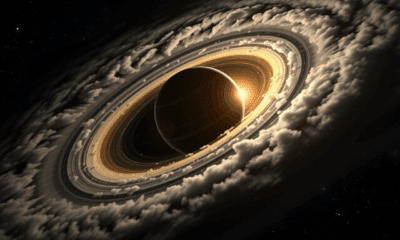

Astronomers using the James Webb Space Telescope have captured breathtakingly detailed images of two giant exoplanets orbiting a distant sun-like star. These observations revealed sand-like silicate...
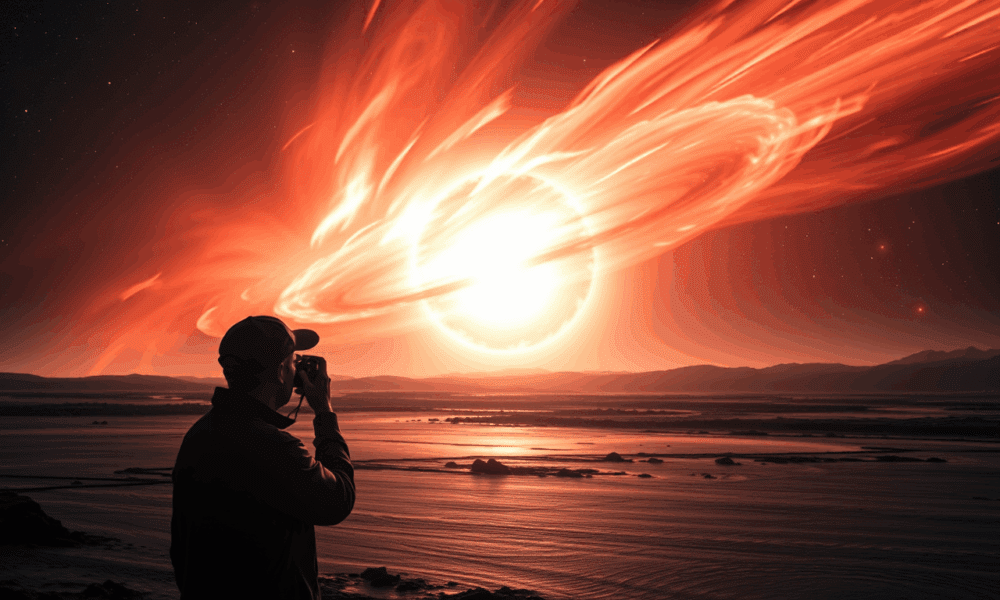
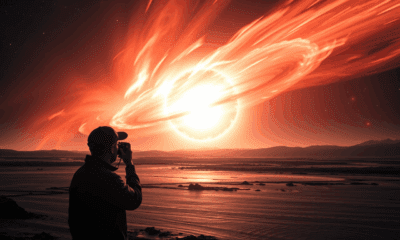

A violent solar eruption on May 31 launched a coronal mass ejection (CME) hurtling toward Earth, triggering a rare G4-level geomagnetic storm alert. Captured in real-time...
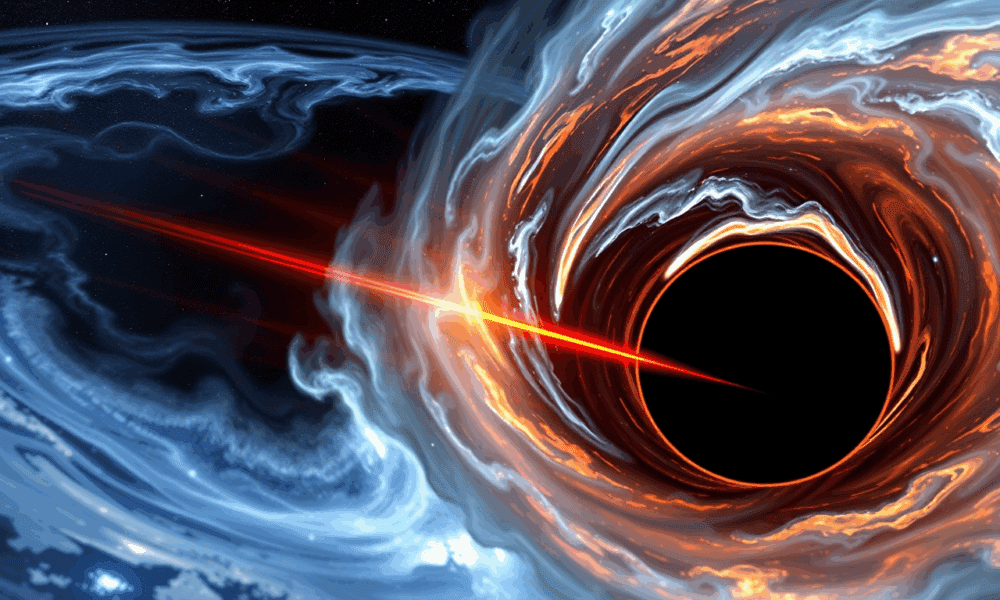
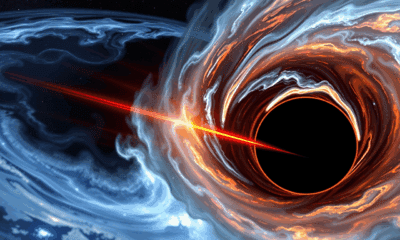

Supermassive black holes might naturally replicate the colossal energies of man-made particle colliders possibly even revealing dark matter offering a cosmic shortcut to discoveries that would...
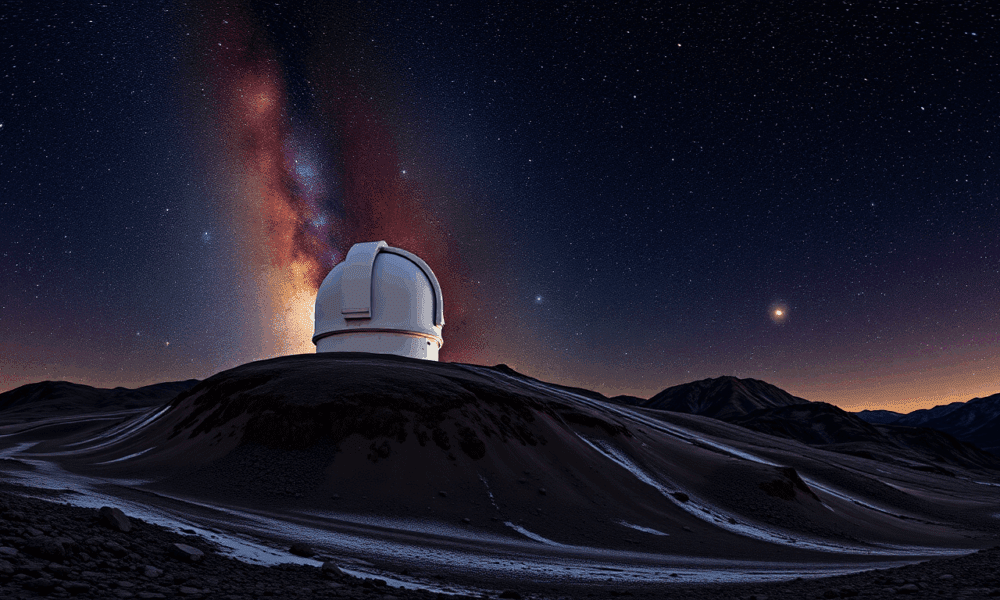
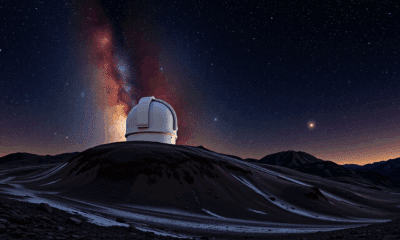

Astronomers have revealed new research showing that millions of new solar system objects are likely to be detected by a brand-new facility, which is expected to...

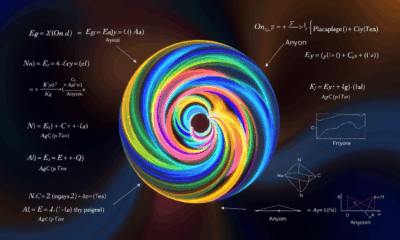

Scientists have observed anyons -- quasiparticles that differ from the familiar fermions and bosons -- in a one-dimensional quantum system for the first time. The results...
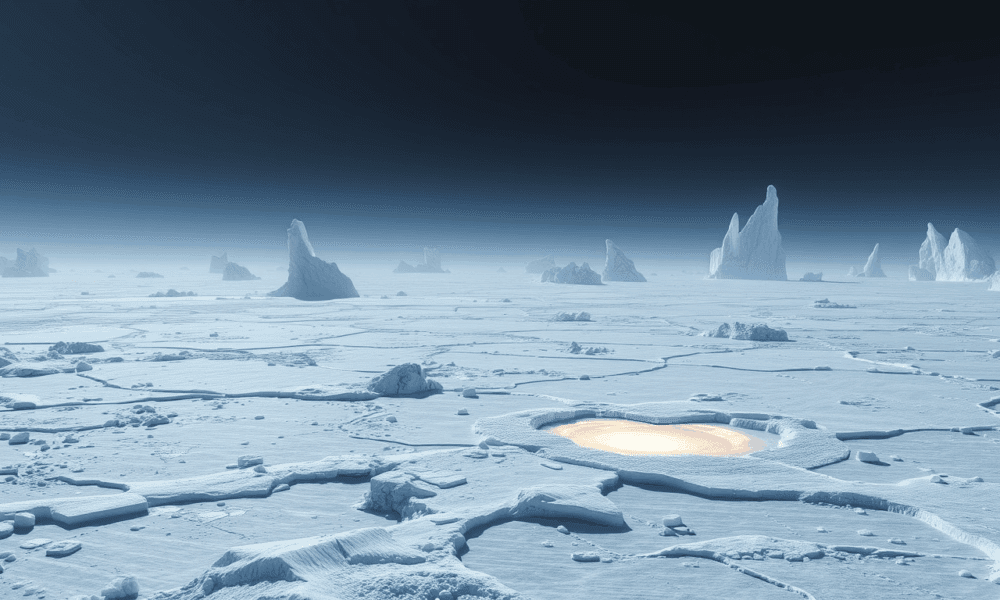
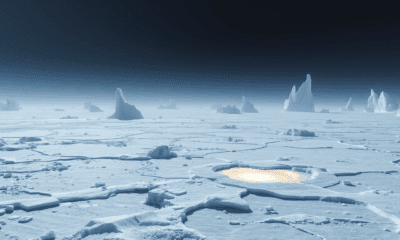

A series of experiments support spectral data recently collected by the James Webb Space Telescope that found evidence that the icy surface of Jupiter's moon Europa...
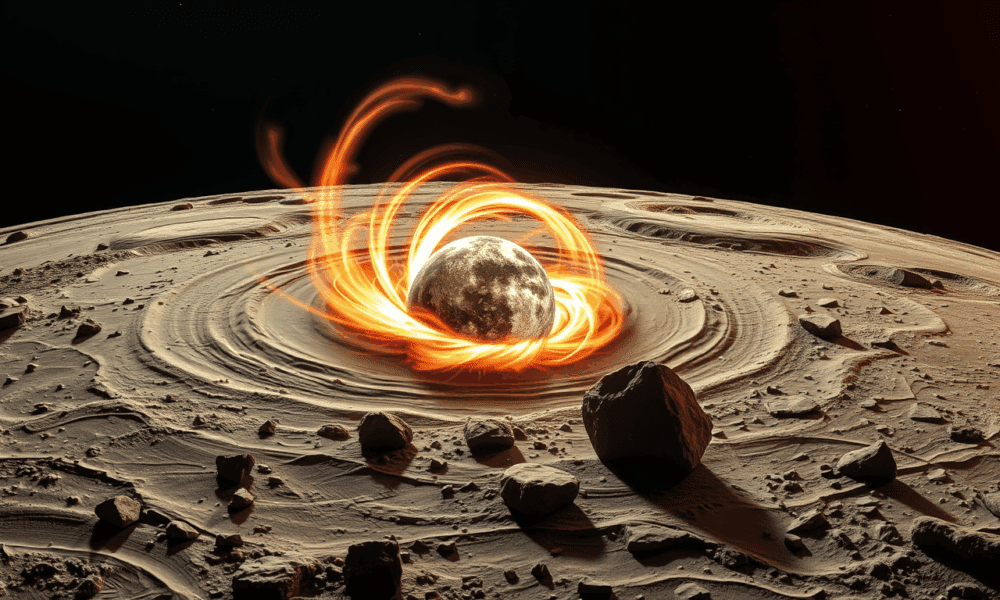
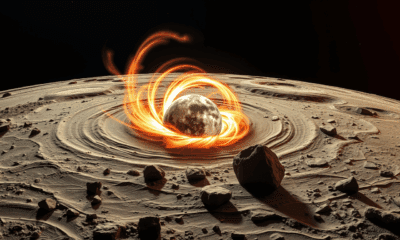

Scientists may have solved the mystery of why the moon shows ancient signs of magnetism although it has no magnetic field today. An impact, such as...
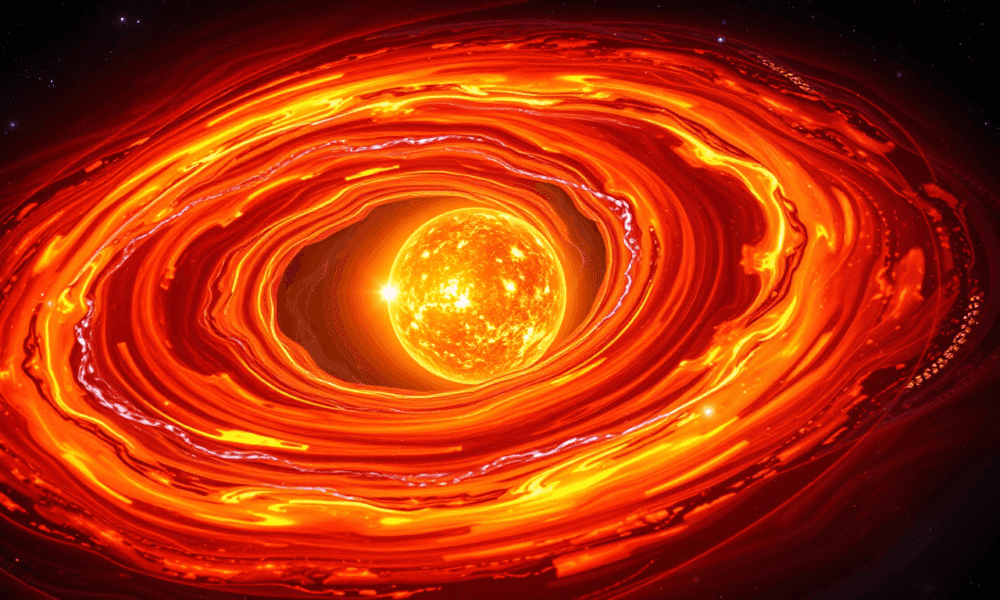
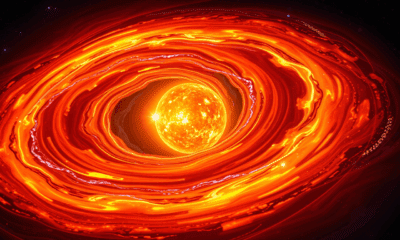

The fundamental building blocks for planet formation can exist even in environments with extreme ultraviolet radiation, according to a new study.
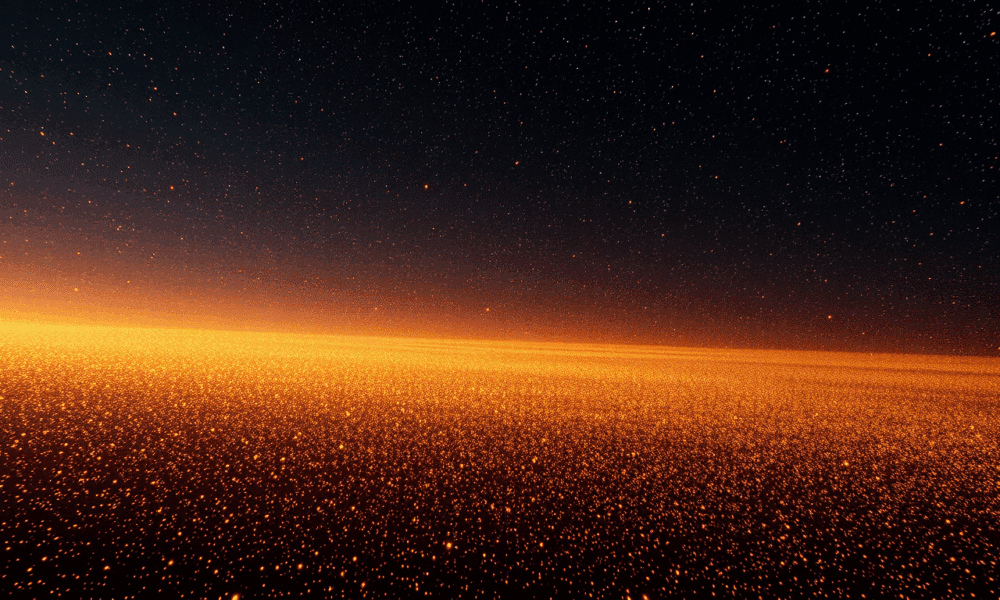
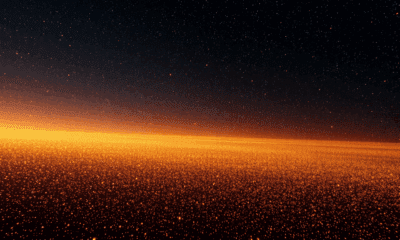

Researchers propose a new theory for the origin of dark matter, the invisible substance thought to give the universe its shape and structure. Their mathematical models...
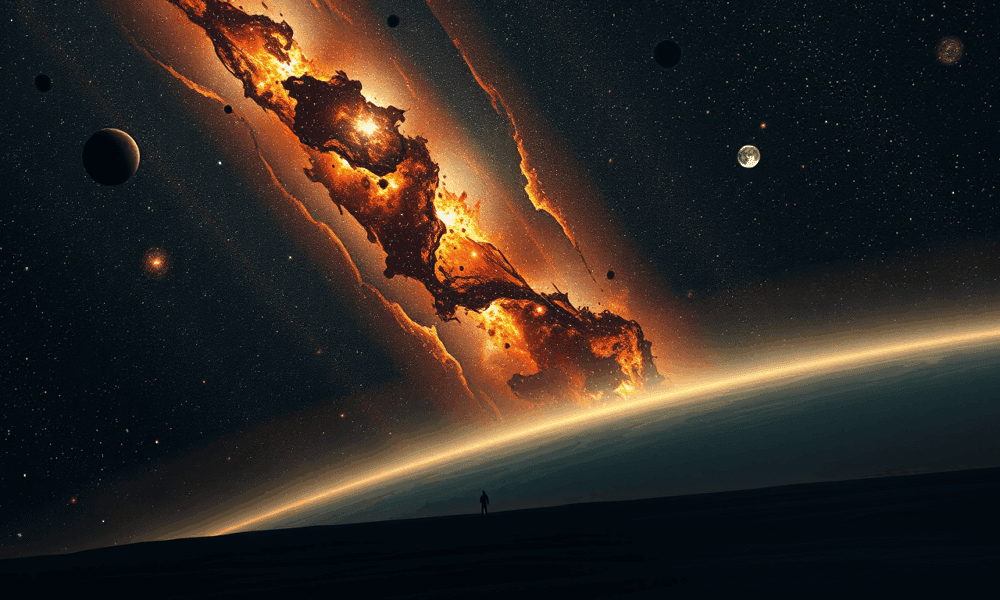


The universe is decaying much faster than thought. This is shown by calculations of scientists on the so-called Hawking radiation. They calculate that the last stellar...